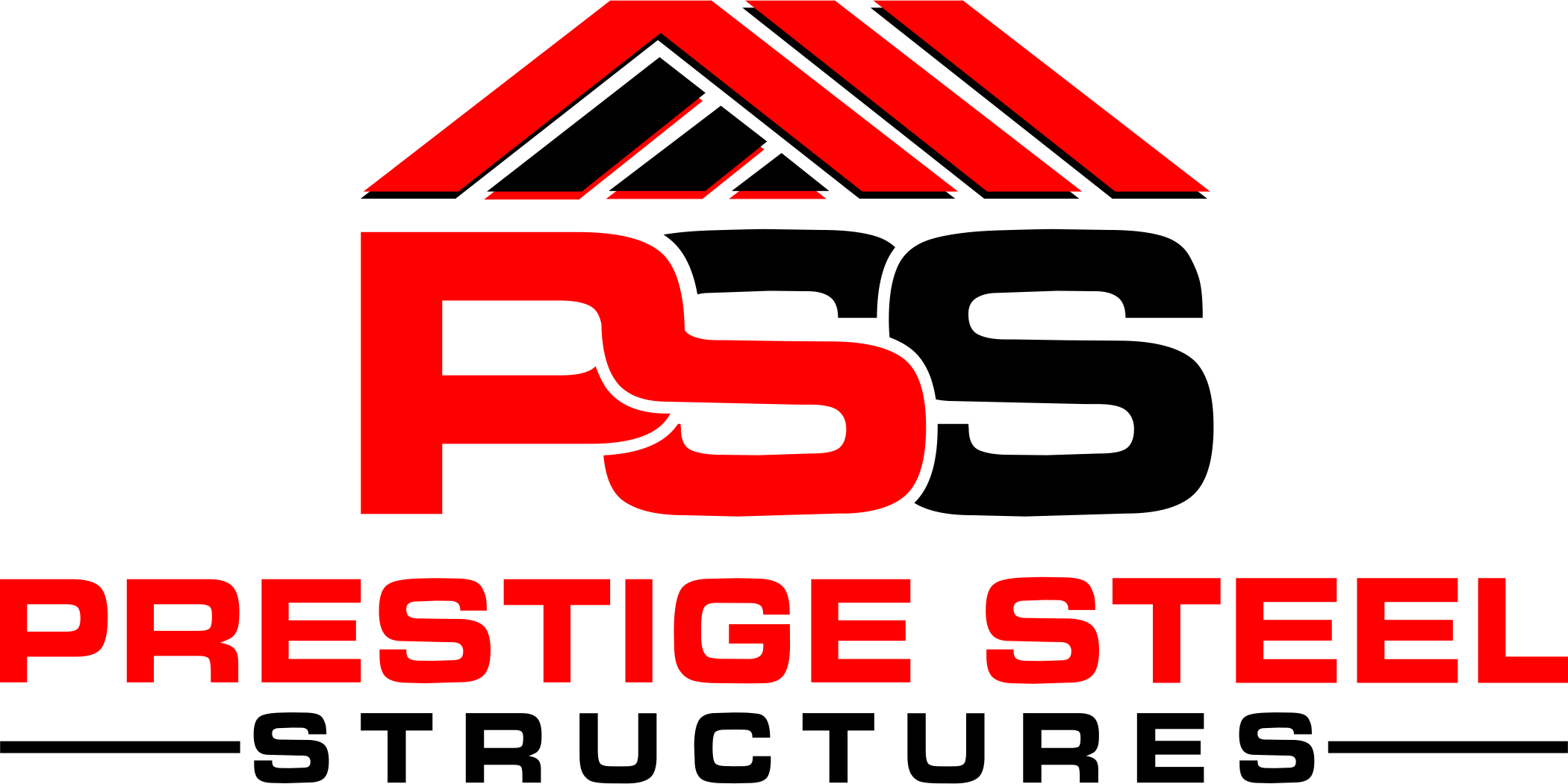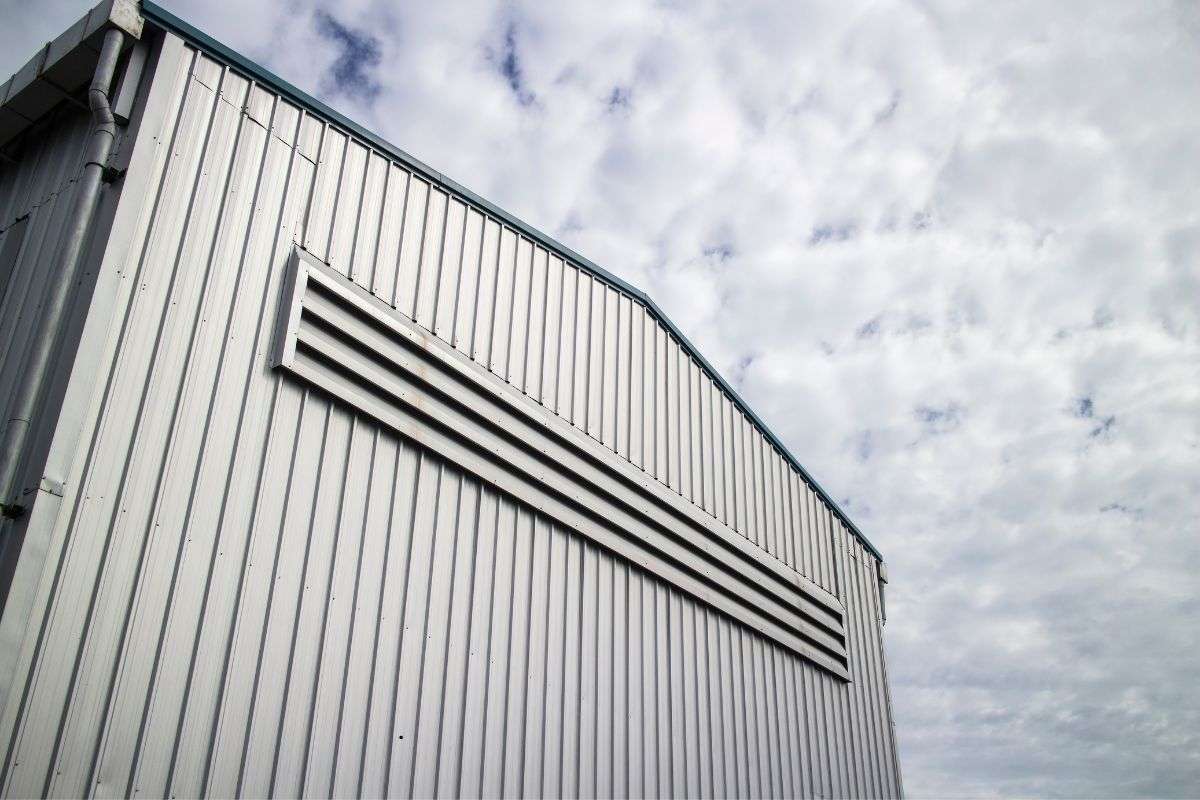The construction industry is evolving rapidly, and metal building structures are at the forefront of this transformation. With their durability, versatility, and cost-effectiveness, they are reshaping commercial and industrial spaces across the globe. As we move into 2026 and beyond, businesses are increasingly choosing metal garage buildings and other metal structures over traditional construction methods, driven by the need for efficiency, sustainability, and long-term ROI.
In fact, recent industry reports indicate that over 65% of new industrial and commercial projects are now incorporating metal structures due to their unparalleled benefits. Let’s explore why these structures are revolutionising modern spaces and why planning ahead is critical for your next project.
1. Durability That Lasts Decades
One of the key advantages of metal building structures is their exceptional durability. Unlike traditional wood or concrete buildings, steel and other metals resist rot, pests, and extreme weather conditions.
- Longevity: High-quality metal buildings can last 50 years or more with minimal maintenance.
- Weather-resistant: They withstand heavy winds, rain, snow, and seismic activity.
- Fire-resistant: Steel structures are inherently non-combustible, reducing fire risks by up to 40% compared to conventional materials.
This durability ensures that businesses can protect their investments while reducing long-term maintenance costs.
2. Cost-Efficiency and Rapid ROI
Metal building structures are not just strong, they’re smart financial choices. Their cost-efficiency comes from multiple factors:
- Faster construction: Prefabricated metal components reduce construction time by 30–50%, allowing businesses to become operational sooner.
- Lower material costs: Modern fabrication techniques minimise waste and optimise material usage.
- Reduced maintenance: Unlike wood structures, metal buildings require minimal upkeep, saving businesses thousands over the building’s lifespan.
When planning a 2026 project, the combination of lower upfront costs and faster ROI makes metal buildings an attractive option for both commercial and industrial clients.
3. Flexible and Customisable Designs
Metal building structures offer unmatched flexibility for design and functionality. They are no longer limited to simple warehouses or sheds. Modern designs include:
- Multi-story commercial buildings
- Retail showrooms and office complexes
- Industrial facilities, including manufacturing plants
- Storage units and specialised custom structures
With pre-engineered steel components, businesses can create layouts tailored to their operational needs, optimise space, and accommodate future expansion. Flexible design also means that metal buildings can easily adapt to aesthetic preferences without compromising functionality.
4. Sustainability at Its Core
As environmental awareness grows, metal building structures are becoming a sustainable choice. Here’s how:
- Recyclable materials: Steel and aluminum used in construction are 100% recyclable, reducing environmental impact.
- Energy efficiency: Insulated metal panels and reflective roofing improve energy performance by up to 25%, lowering utility costs.
- Reduced waste: Prefabrication and precision engineering significantly decrease construction waste.
Businesses aiming for green certifications or LEED compliance increasingly rely on metal structures to achieve sustainability goals.
5. Faster Construction Times
Time is a critical factor in commercial and industrial projects. Metal building structures speed up the process:
- Prefabricated components are manufactured off-site and assembled quickly on location.
- On average, projects are completed 40% faster than traditional construction methods.
- Reduced construction timelines translate into operational efficiency and faster revenue generation.
Planning ahead for 2026 allows businesses to schedule deliveries and installation with minimal delays, avoiding seasonal or supply chain disruptions.
6. Cost-Effective Expansion Opportunities
One of the most appealing aspects of metal buildings is scalability. Businesses can:
- Add extra bays or floors with minimal disruption
- Expand warehouses or storage facilities efficiently
- Adjust layouts to accommodate growing operations
This adaptability ensures that your building grows with your business, protecting long-term investments and avoiding costly rebuilds.
7. Low Maintenance and Longevity
Metal structures are inherently low-maintenance. Unlike traditional materials that may require painting, waterproofing, or frequent repairs, modern metal buildings:
- Resist rust and corrosion with coated or galvanised steel
- Require minimal inspection and upkeep
- Offer warranties up to 30 years, ensuring peace of mind for building owners
The combination of low maintenance and long-lasting durability makes them ideal for both small businesses and large industrial operations.
8. Safety and Security Advantages
Safety is paramount in commercial and industrial spaces, and metal structures provide inherent advantages:
- Structural integrity: Can withstand earthquakes, heavy winds, and snow loads
- Fire resistance: Reduces risk of fire damage and insurance costs
- Security: Strong steel walls and roofs deter break-ins and vandalism
These benefits make metal structures a preferred choice for warehouses, factories, and high-value storage facilities.
9. Cost Transparency and Predictable Budgets
When planning a project for 2026, businesses value budget certainty. Metal building structures offer:
- Fixed pricing for prefabricated components
- Reduced labour costs due to faster assembly
- Minimal unexpected expenses related to material shortages or construction delays
This transparency helps business owners plan efficiently and avoid costly overruns.
10. Modern Aesthetics and Versatility
Gone are the days when metal buildings were purely functional. Today, they can be visually striking and versatile:
- Sleek facades for office buildings
- Custom cladding and roofing options for commercial appeal
- Integration of windows, doors, and skylights for natural lighting
- Modular designs that allow expansion without compromising aesthetics
With the right design team, your metal building structure can enhance your brand image while serving its functional purpose.
Final Words
As we move into 2026 and beyond, metal building structures are redefining commercial and industrial construction. Their unmatched durability, rapid construction, cost-efficiency, scalability, and sustainability make them the go-to choice for businesses looking to invest wisely. With careful planning and the right design partner, these structures can transform operational spaces while providing a modern, safe, and eco-friendly solution.
For businesses aiming to future-proof their facilities, embracing metal building structures and investing in metal rv covers for sale is not just a trend, it’s a smart, long-term strategy that delivers efficiency, aesthetics, and lasting value.
FAQs
- Are metal building structures suitable for all climates?
Yes. Modern metal buildings are engineered to withstand extreme temperatures, heavy snow, high winds, and seismic activity, making them suitable for nearly any environment. - How long does it take to construct a metal building structure?
Depending on size and complexity, metal buildings can be completed 30–50% faster than traditional construction, thanks to prefabricated components. - Can metal buildings be customised?
Absolutely. They offer complete flexibility in layout, size, finishes, and design features, making them ideal for commercial, industrial, and specialised applications. - Are metal building structures cost-effective?
Yes. They reduce material and labour costs, minimise maintenance expenses, and offer faster ROI, making them a financially sound choice. - How sustainable are metal building structures?
Metal buildings are highly sustainable. Steel and aluminum are 100% recyclable, and modern designs improve energy efficiency by up to 25%, reducing the environmental footprint.


